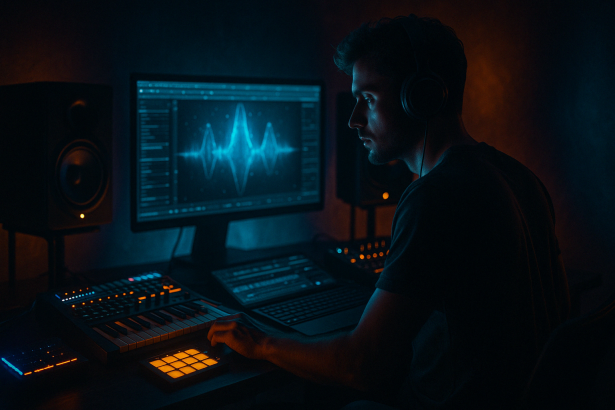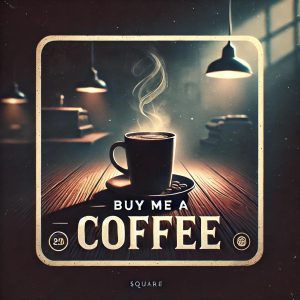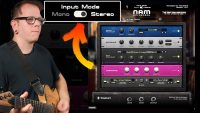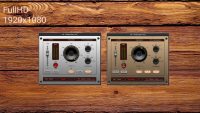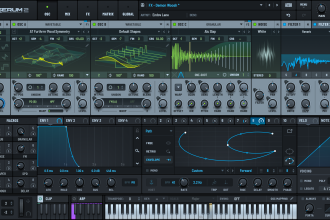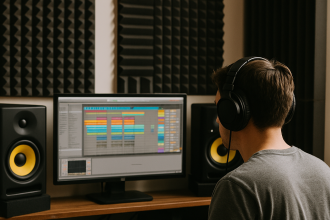In the labyrinth of sound design and rhythm construction, there’s something deeper than gear, BPM, or EQ curves—something primal. Certain frequencies just hit different. They trigger goosebumps, raise heart rates, or bring pure euphoria. But why? What makes a particular tone, bassline, or hi-hat pattern feel irresistible?
Let’s explore how psychoacoustics, neuroscience, and producer instinct collide to create sounds that hook the brain and never let go.
🎧 The Science Behind the Sound
Psychoacoustics is the study of how humans perceive sound—not just hearing, but how the brain interprets it. Certain frequencies resonate with us on a biological and emotional level.
🔊 The 60–80 Hz Phenomenon
This is the classic sub-bass zone—the frequency of chest-thumping kicks and warm 808s. Our bodies literally feel these vibrations. Evolutionarily, deep rumbles were signs of storms or danger. Now? They’re club bangers.
“The human brain is wired to respond to low frequencies with attention and anticipation,” says Dr. M. Henley, a sound perception researcher.
“It’s a survival mechanism, repurposed for the dancefloor.”
🎶 2–5 kHz: Where Emotion Lives
This is where the human voice lives. It’s no coincidence that hooks and melodies shine here. The ear is hypersensitive to this range, making it a sweet spot for leads, vocals, and emotional impact.
🧠 The ASMR Effect: High-Frequency Triggers
Sounds above 8 kHz—shimmering hats, airy risers, vinyl crackle—can stimulate brain tingles. It’s why some lo-fi beats feel soothing or why trap hi-hats slice through a mix with surgical pleasure.
🧪 Hooking the Brain in Production
Great producers don’t just make music—they engineer addiction. Here’s how you can tap into the science and level up your tracks:
1. Layer Frequencies with Purpose
Use low-end to anchor, mids to move emotion, highs to hypnotize.
→ Example: Blend a 60 Hz sine sub with a vocal chop in the 3 kHz zone, and a reverb tail extending into 10 kHz for a full-spectrum hook.
2. Exploit Expectation & Surprise
The brain craves patterns, but it also craves novelty.
→ Drop out the beat for one bar. Throw in a reverse snare. Pitch the main melody up 2 semitones in the last chorus. Keep the ear on its toes.
3. Use Harmonics to Add Depth
A fundamental tone is good. Its harmonics are gold.
→ Saturation plugins (like Decapitator or FabFilter Saturn) enhance natural harmonics, giving your sounds more psychoacoustic presence without getting louder.
4. Silence as a Weapon
Don’t fear the void. A single moment of silence (or a drastic cut in frequencies) makes the next sound feel explosive.
→ Ever notice how a dead stop before the drop makes it 10x harder? That’s brain trickery.
💡 Frequencies Are Emotion
- Warmth lives around 150–250 Hz
- Clarity sits at 2–3.5 kHz
- Excitement rises above 8 kHz
- Power rumbles under 80 Hz
The trick is not just to hit these spots, but to balance and bend them with intent. A great beat doesn’t just move the feet—it hacks the brain.
🎛️ The Producer’s Edge
What separates a decent beatmaker from a truly addictive one?
It’s the awareness of how the brain responds to sound—and the ability to craft tracks that play on those instincts.
So next time you’re tweaking your mix, think like a sound scientist. You’re not just producing music. You’re engineering a dopamine reaction—one frequency at a time.
![]()

